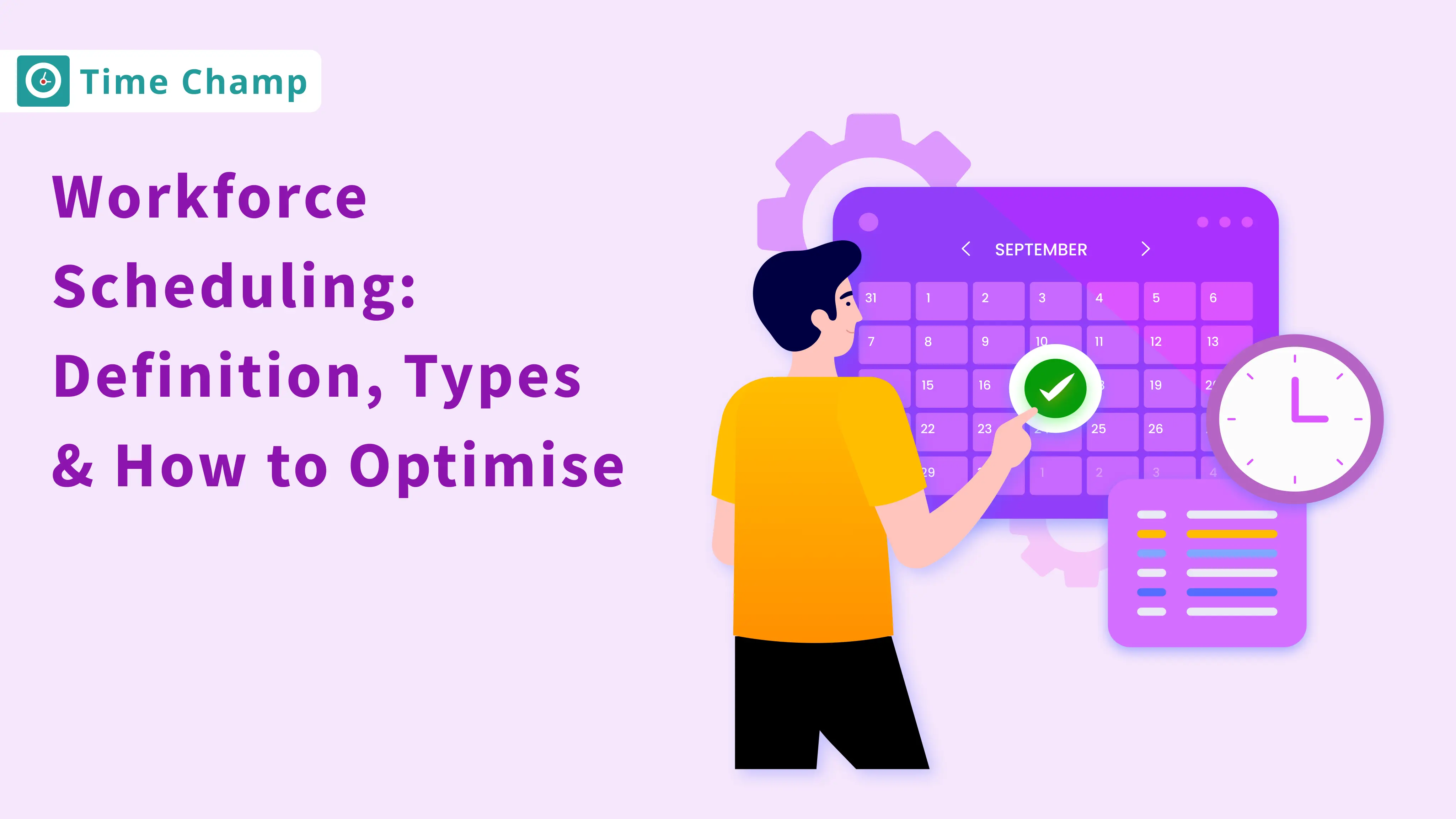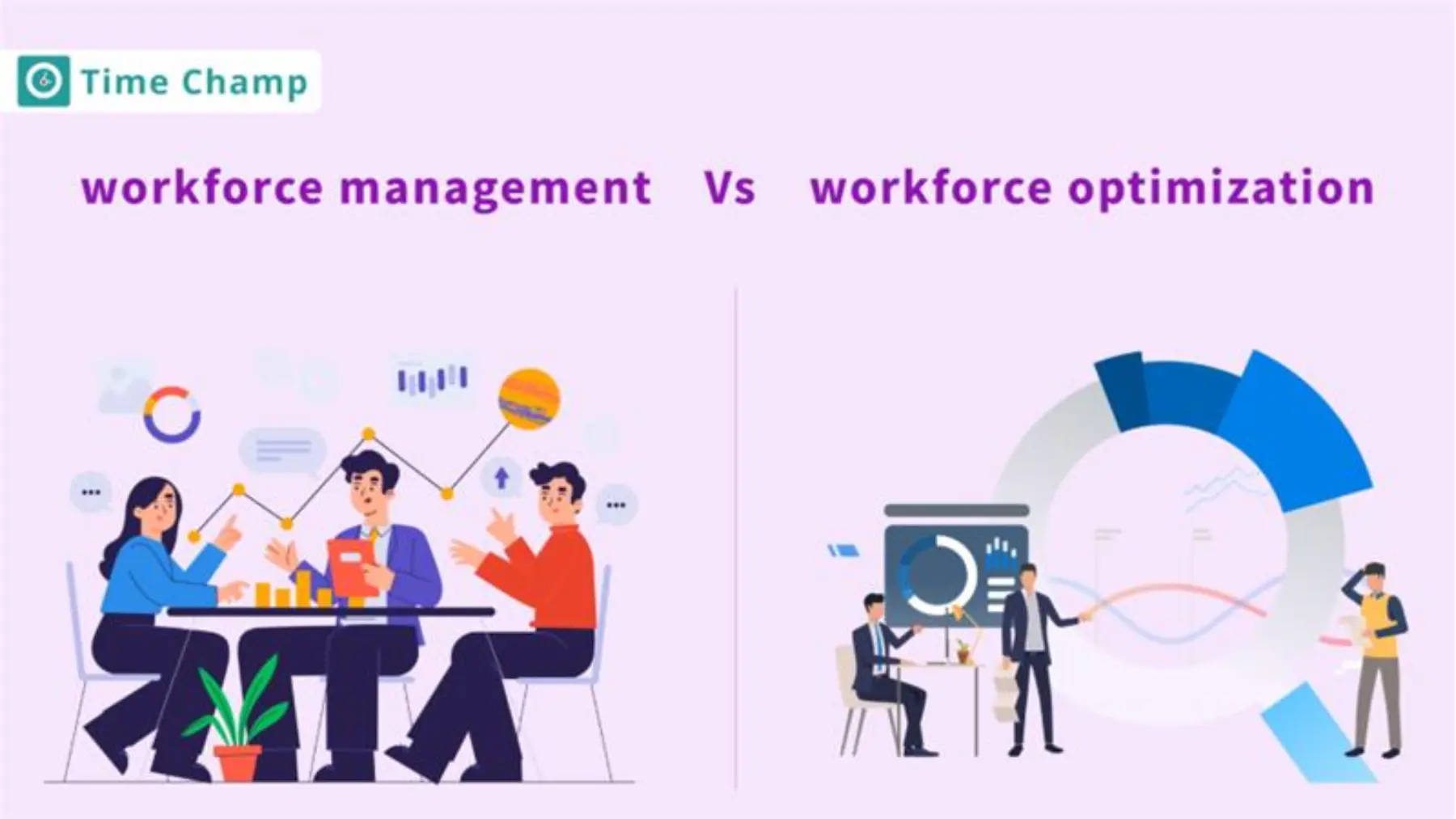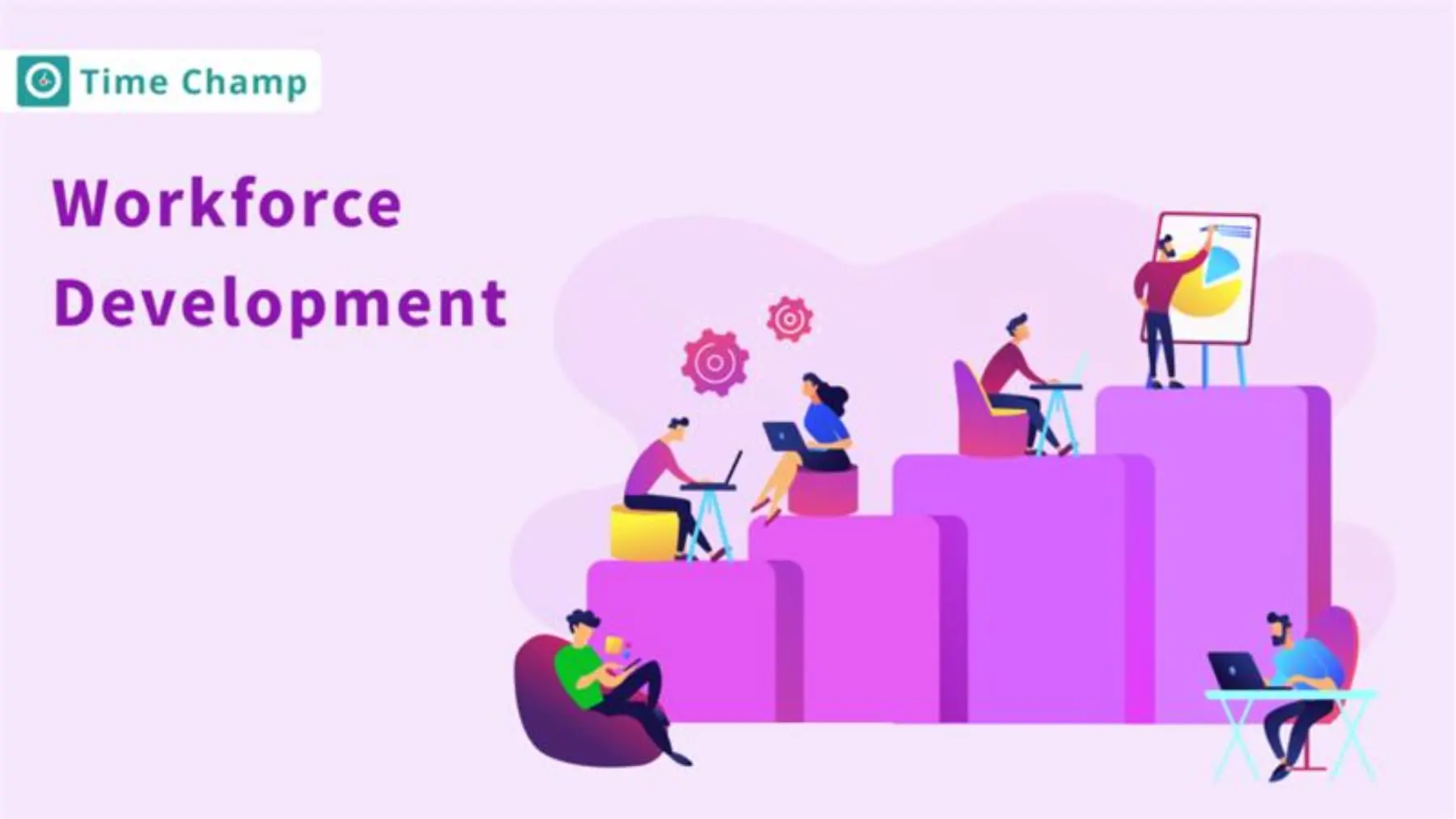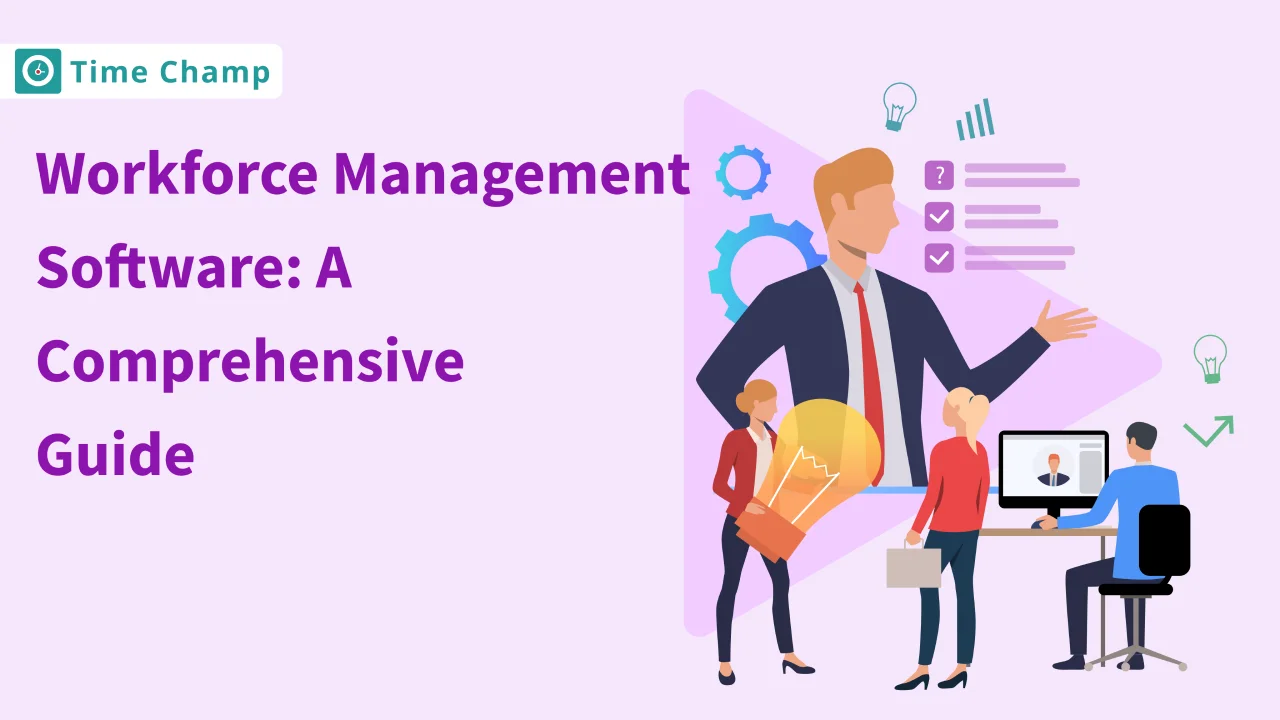Are you in the stage of struggling to balance employees with the business goals? Now, it is time to explore the key workforce management trends that can transform your team’s productivity .
These trends represent the latest strategies, tools, and practices that help you to organise, guide, and optimise your teams. They allow you to manage your workforce more effectively, provide flexibility, make data-driven decisions, and create a healthy environment.

In this blog, you will learn 10 workforce management trends that will transform the success of businesses in 2025, including intelligent digital devices and strategies to develop employees.
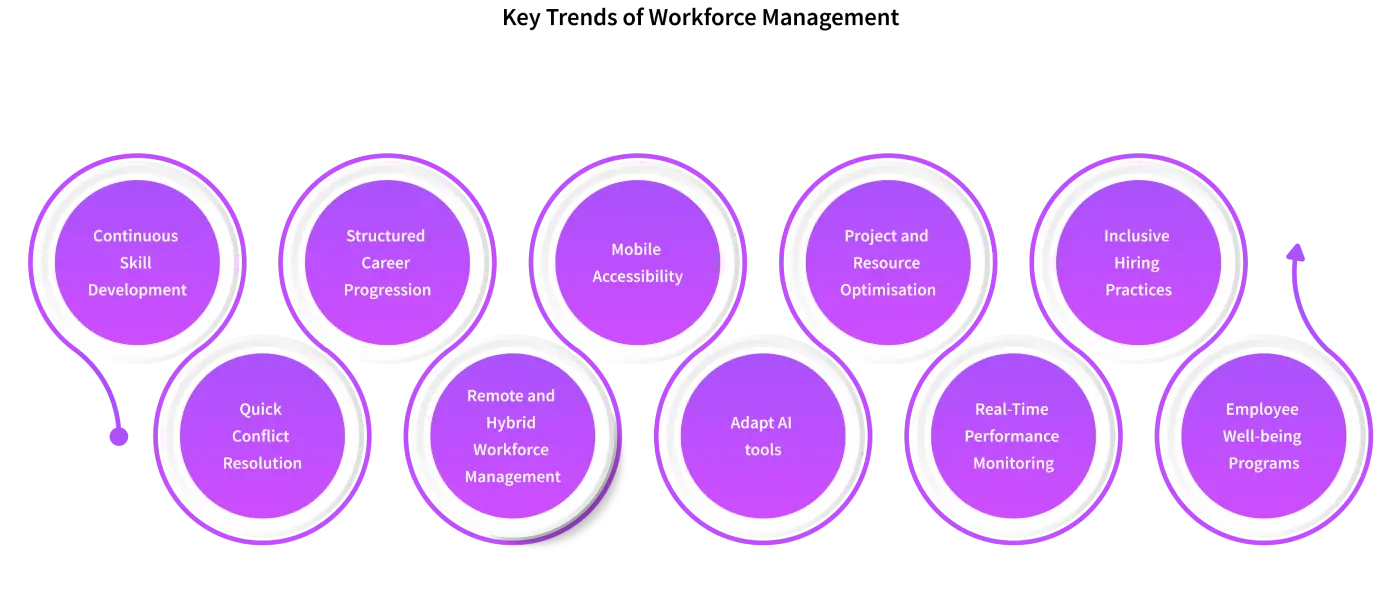
1. Continuous Skill Development
Continuous skill development is the process of providing employees with new skills, enhancing their existing ones, and adapting to changes in the workplace. Your teams can remain effective and competitive in an expanding business environment.
Investment in skill development can enable your staff to tackle difficult tasks, promote innovation and help you grow your business. It also increases employee loyalty, motivation, and confidence, and creates an adaptable and flexible workforce.
2. Quick Conflict Resolution
Quick conflict resolution is the process of addressing and solving issues with clear processes, effective strategies in the workplace promptly and fairly to ensure a positive environment.
On-time conflict management helps to avoid disruptions, minimises stress, and encourages free communication. Trust and collaboration will increase when employees are respected, leading to increased productivity and a positive organisational culture.

3. Structured Career Progression
Structured career progression can be defined as a system that offers employees growth opportunities, milestones in career development, and clear career paths in an organisation. This involves promotions, skill development programmes, mentoring, and succession planning to direct employees in their careers.
This helps to motivate your employees and enhance retention levels, as well as align individual goals with the organisational goals. It ensures that your staff is active, qualified, and prepared to achieve long-term company success.
4. Remote and Hybrid Workforce Management
Remote and hybrid workforce management refers to the process of adopting new strategies, tools, and practices to coordinate employees who work in various locations, namely, offices, homes, and field sites. It promotes communication, collaboration, and productivity growth in your organisation.
Effective management of remote and hybrid teams minimises miscommunication, maintains continuous workflows, and improves employee satisfaction . It also supports you in adopting flexible work schedules and keeps the operations efficient and accountable.
5. Mobile Accessibility
Mobile accessibility in workforce management is the ultimate ability to ensure that workers have secure access to tools, applications, project updates, attendance management systems, and other organisational resources through smartphones, tablets, or other mobile-based applications.
Mobile tools enable employees to handle tasks, monitor projects, and communicate efficiently. This flexibility enhances productivity, enables on-time reporting, and maintains connections even when your team is working remotely or travelling.
6. Adapt AI Tools
Adopting AI tools includes applying artificial intelligence and machine learning technologies to workforce management operations and automating repetitive tasks, creating actionable insights, forecasting workforce requirements, and streamlining operations to increase efficiency and accuracy.
With the help of AI tools, you can make effective data-driven decisions, minimise human errors, and save time. It assists you in the allocation of resources, predicting workforce trends, and strategic planning, which enhances overall organisational performance.

7. Project and Resource Optimisation
Project and resource optimisation is a strategic distribution of tasks, responsibilities, time, and human resources in order to optimise productivity, reduce errors, and meet organisational objectives in an efficient way. It entails the application of project management tools , analytics, and systematic working processes to automate operations.
Project and resource optimisation ensures that project deadlines are met, the workload is distributed, and teams work efficiently. It reduces employee stress and enhances coordination.
8. Real-Time Performance Monitoring
Real-time performance monitoring refers to a continuous analysis of employee activities, productivity measurements, and project development with the help of digital tools and analytics. It provides real-time insight into team performance and enables real-time changes.
It will help you in identifying the problems early, giving feedback in time, and rewarding performance. It also increases accountability and boosts the efficiency of operations.

9. Inclusive Hiring Practices
Inclusive hiring practices involve the establishment of equitable and fair hiring procedures that promote diversity in terms of gender, age, abilities, cultural background, and experience. It focuses on recruiting skilled people, including those with special abilities, helping you to create a well-balanced and creative workforce.
Inclusive hiring enhances organisational culture, promotes innovation with creative ideas, and retains top talent and collaborations. It also strengthens the reputation of your company as a transparent and balanced workplace.
10. Employee Well-being Programs
The employee well-being programs aim to help your employees with their mental, emotional, and physical health. It involves wellness programs, counselling, flexible working hours, stress management seminars, and benefits that enhance quality of life at work.
Employee well-being focuses on reducing burnout , engagement, and job satisfaction. A healthy and motivated workforce leads to increased productivity, retention, and success of the organisation.

Conclusion
To create an environment where employees and businesses grow together, it’s essential to adopt strategies that align with both employee and business goals. Workforce management trends provide guidance and help you get there in the right direction.
You can improve productivity, strengthen employee engagement , and build a competitive workplace by following these 10 trends. Adopting these trends in your teams helps you tackle future challenges.
Frequently Asked Questions
Workforce management refers to the process of organising, monitoring, and directing the work of employees to achieve the organisational goals. It's about ensuring the right individuals are performing the right activities at the right time, without wasting time and resources.
For small businesses, every resource is important. Workforce management helps you to control costs, avoid overstaffing or understaffing, and make better use of your employees’ skills. This makes operations smoother and enables small businesses to operate effectively.
Technology also enables smarter and more rapid workforce management by minimising errors, saving time, and providing real-time insights. Tools like Time Champ integrate scheduling, attendance, and productivity tracking into a single platform, as it allows you to increase efficiency and organisational growth.
Yes, effective workforce management directly impacts your customers’ satisfaction. When your employees are well-scheduled, properly trained, and supported, they can serve customers faster and more effectively. These trends improve satisfaction and build stronger customer loyalty for your business.
Workforce management ensures accurate tracking of attendance, working hours, overtime, and leave records. This removes payroll errors, eliminates disputes, and ensures employees receive their fair pay on time. Payroll accuracy increases loyalty and retention of employees.





